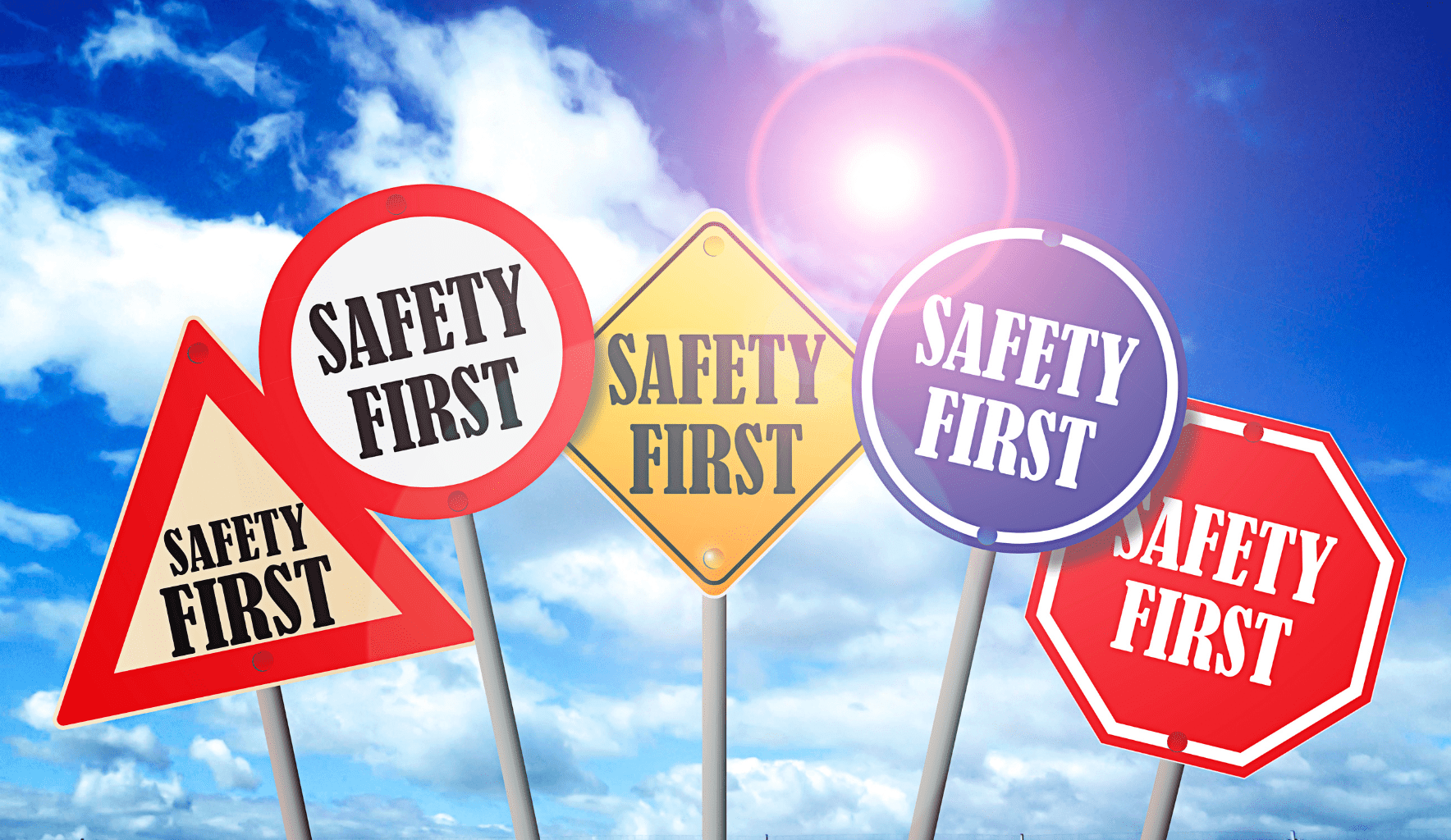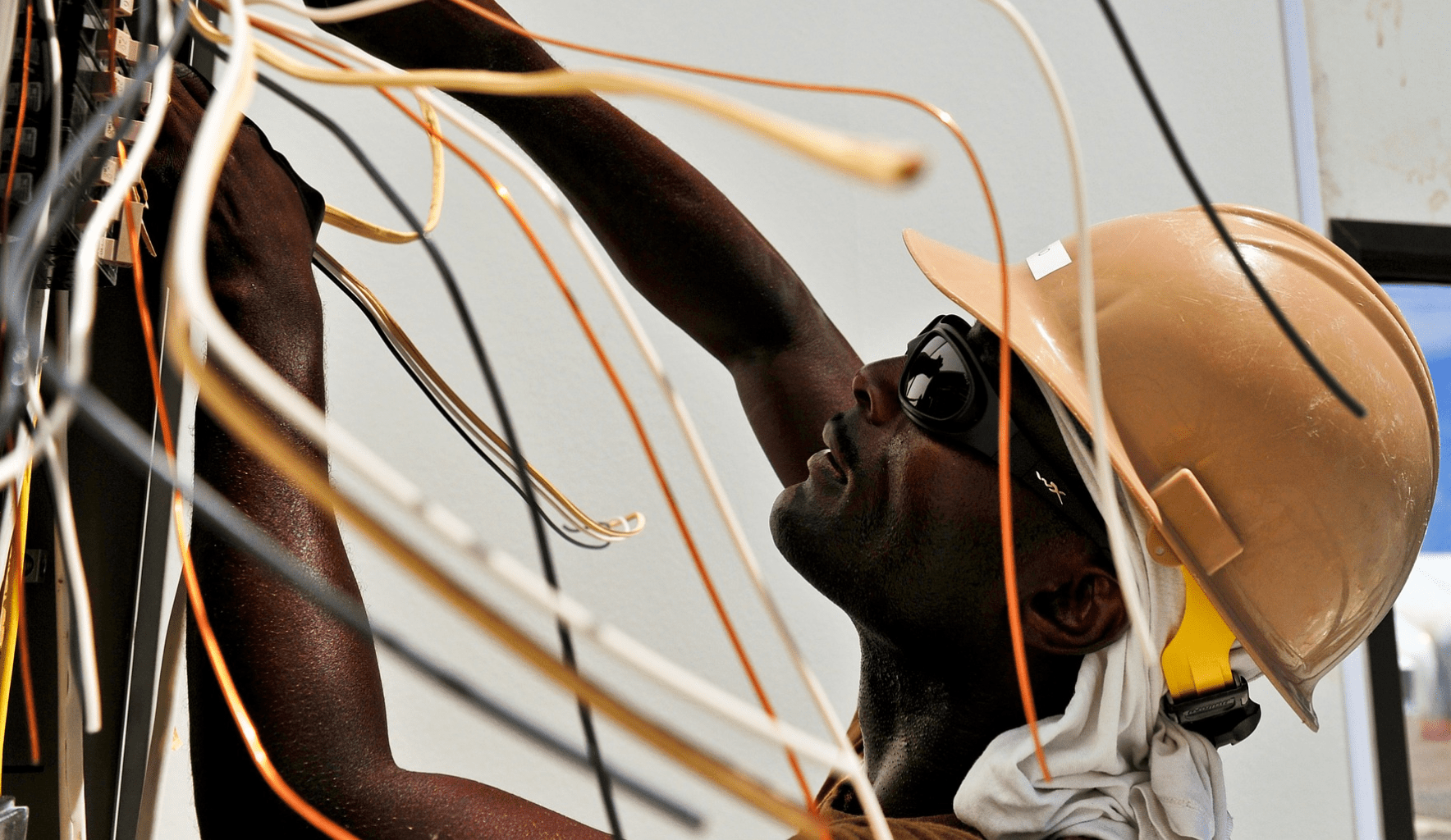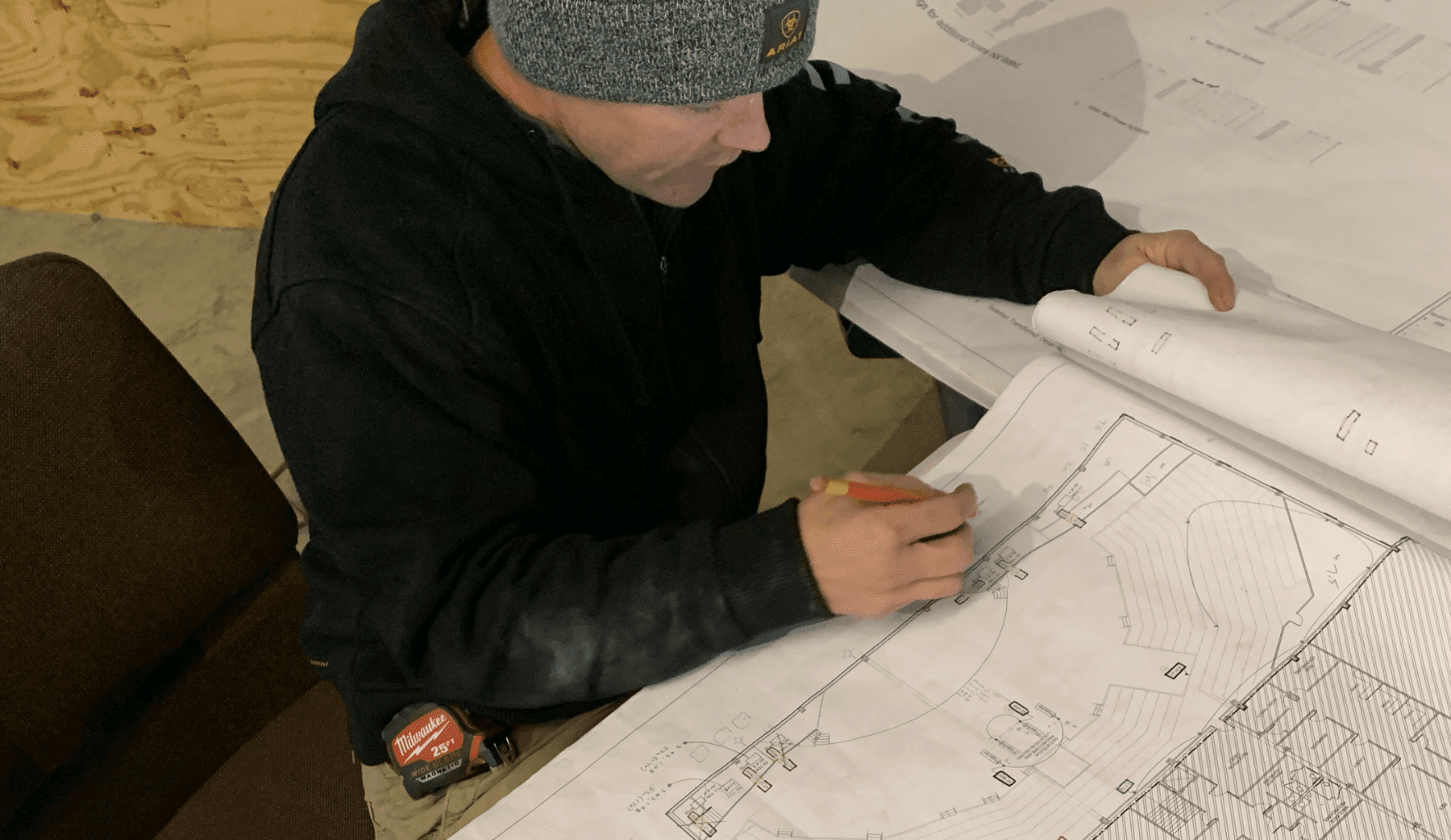As an electrician, your role involves working with electrical systems and components, a job that inherently carries a risk of injuries or even fatalities if not handled correctly. It is vital, therefore, to prioritize safety and follow the correct protocols and guidelines to prevent workplace accidents. This article will discuss some of these essential safety protocols to protect electricians from common hazards and promote a safe working environment.

Understand the Risks
Before you begin any work, it’s important to understand the specific risks associated with the task. Electrical hazards can include electric shock, burns, falls, and even fire. Familiarize yourself with these potential risks and the symptoms of electrical injuries to ensure prompt action if an accident occurs. Remember, even a minor electrical shock can have serious, life-threatening consequences.
Use Personal Protective Equipment (PPE)
Wearing the right Personal Protective Equipment (PPE) can save lives. High-quality, well-maintained PPE can protect against electrical shocks and burns. Essential PPE for electricians include:
- Electrically Insulated gloves: There are companies who make specialized rubber gloves specifically for working on live circuits. These materials aren’t standard rubber; rather, they guarantee to insulate the user’s hands from energized parts on circuits up to 1,000 Volts. Protecting your hands from electric shock and burns is essential.
- Safety glasses: Wearing eye protection is essential as an electrician. Not only do we drill and saw materials that could become airborne and get into our eyes, but electrical circuits can be explosive if something goes wrong. Shielding your eyes from sparks and debris is crucial as an electrician.
- Insulated footwear: Preventing electrical current from passing through your body to the ground ensures that you don’t get shocked or electrocuted. Without proper electrically insulated boots, electricians are at high risk of serious injury or death. Rather than buying standard work boots, make sure you get something that is designed for work as an electrician.
- Flame-resistant clothing: When working on or in live equipment, it is important to protect your body from fire hazards. There are special Fire Resistant “FR-rated” articles of clothing you can buy which are made from materials that are resistant to flames and heat, and it helps to prevent burns and other injuries.
Lockout/Tagout Procedures
Ensure your PPE fits well and is regularly inspected for any damage.

Lockout/Tagout (LOTO) procedures protect workers from the unexpected energization or startup of machinery or equipment, or the release of hazardous energy during service or maintenance activities. LOTO requires a user to place a lock on the electrical portion of a piece of equipment so no person can come behind them and energize a circuit they may be working on. Following LOTO procedures can prevent many workplace accidents.
Regular Equipment Inspections
It is essential to conduct regular inspections on all electrical equipment for signs of damage or wear. Even the smallest compromise in the insulation of a wire could result in a dangerous electrical fault. If you encounter faulty equipment, take immediate action to replace or repair it.
Safe Work Practices
Always de-energize electrical equipment before testing or performing repairs. If working on live wires is necessary, use insulated tools and proper PPE, and always adhere to strict safety guidelines. To prevent trip hazards, keep your work area tidy, and stay aware of any wet areas, which can dramatically increase the risk of electrical shock.
Adherence to OSHA Regulations
The Occupational Safety and Health Administration (OSHA) provides detailed regulations and guidelines for electrical safety in the workplace. These guidelines cover everything from work practices to protective equipment and should be followed rigorously.
Training and Certification
Proper training is crucial in promoting a safe work environment. Electricians should receive regular safety training to keep their knowledge up to date. Furthermore, only certified electricians should perform electrical work – a lack of proper training can lead to severe accidents.
Emergency Response Plan
Every workplace should have a clear and detailed emergency response plan. This plan outlines the steps to take in the event of an electrical accident, including first aid procedures and emergency contact numbers.

Health Maintenance
Electricians should maintain good overall health and physical fitness. Regular eye and hearing tests are crucial as poor vision or hearing can lead to accidents. Furthermore, maintaining good physical health can make it easier to handle the physical demands of the job, such as climbing ladders or lifting heavy equipment.
Conclusion
Safety must always be the first priority when working as an electrician. From wearing the appropriate PPE to following OSHA guidelines, electricians must take numerous steps to ensure they can perform their work safely. A commitment to safety can protect both electricians and those around them, leading to a more efficient and successful career in the electrical industry.





